The Killing of Gandhi Family: Mahatma Gandhi, Indira, and Rajiv
The killing of the Gandhi family including Mahatma Gandhi, Indira, and Rajiv, serves as an unpleasant reminder of Indian history. The Gandhi family is known for the struggle to get independence for India and the subsequent political landscape.
Unfortunately, the family has been the target of terrible killings that have left an inevitable impression on the country’s history. The killing of the Gandhi family presents inevitable difficulties that come across by individuals who seek to lead and question the status quo.
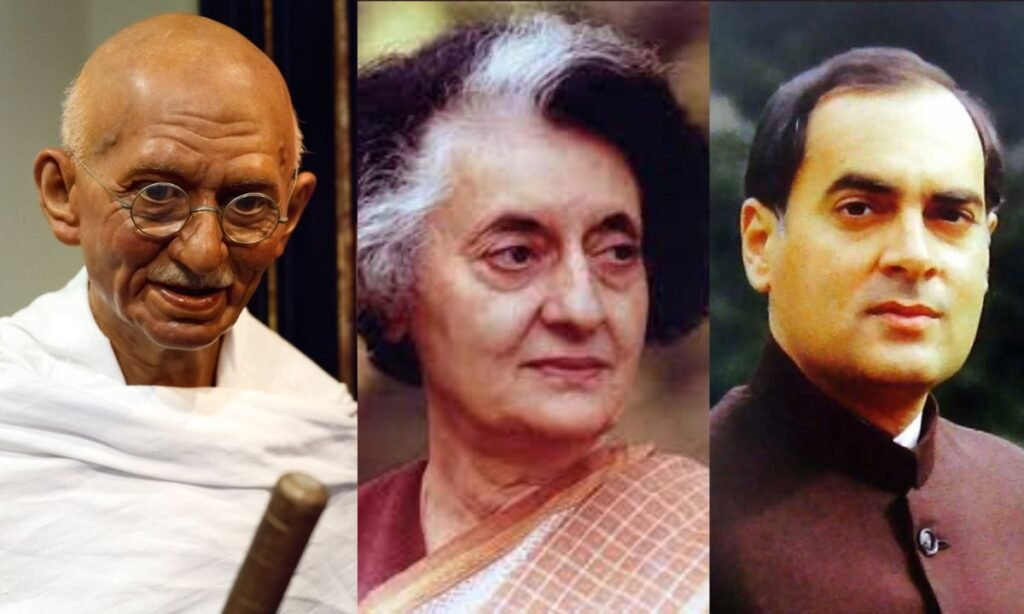
Killing of Mahatma Gandhi
Mohandas Karamchand Gandhi, known as Mahatma Gandhi, was born on October 2, 1869, in Porbandar, India, and rose to prominence as an icon of peaceful resistance and civil disobedience. His Satyagraha ideology, or truth power, inspired millions to fight injustice and oppression nonviolently.
Gandhi’s leadership during India’s struggle for independence from British colonial control inspired the country and caught the imagination of people worldwide. However, he had no idea his message for peace and communal harmony would take his life.
His fate met a terrible end on Jan 30, 1948, when Gandhi was on his way to a prayer meeting at Birla House in New Delhi. Upon reaching the prayer place, Indian nationalist Nathuram Godse fired three fatal bullets into his chest. As a result, he fell to the ground and was taken back to Birla’s house where he was staying, but he died immediately.

Arrest and Trial of Nathuram Godse
Soon after the shooting, old-vice-counsel Herbert Reiner Jr. from the crowd rushed and caught Nathuram. He handed him to Indian military soldiers present at the moment who disarmed him.
Nathuram faced trial at the Punjab High Court at Peterhoff, Shimla. On November 8, 1949, he was sentenced to death. Gandhi’s sons, Manilal Gandhi, and Ramdas Gandhi, made pleas for the commutation because Mahatma Gandhi always opposed the death sentence during his lifetime.
However, India’s Prime Minister Jawaharlal Nehru, Deputy Prime Minister Vallabhbhai Patel, and Governor-General Chakravarti Rajagopalachari turned down their pleas. They hanged him to death at Ambala Central Jail on November 15, 1949.
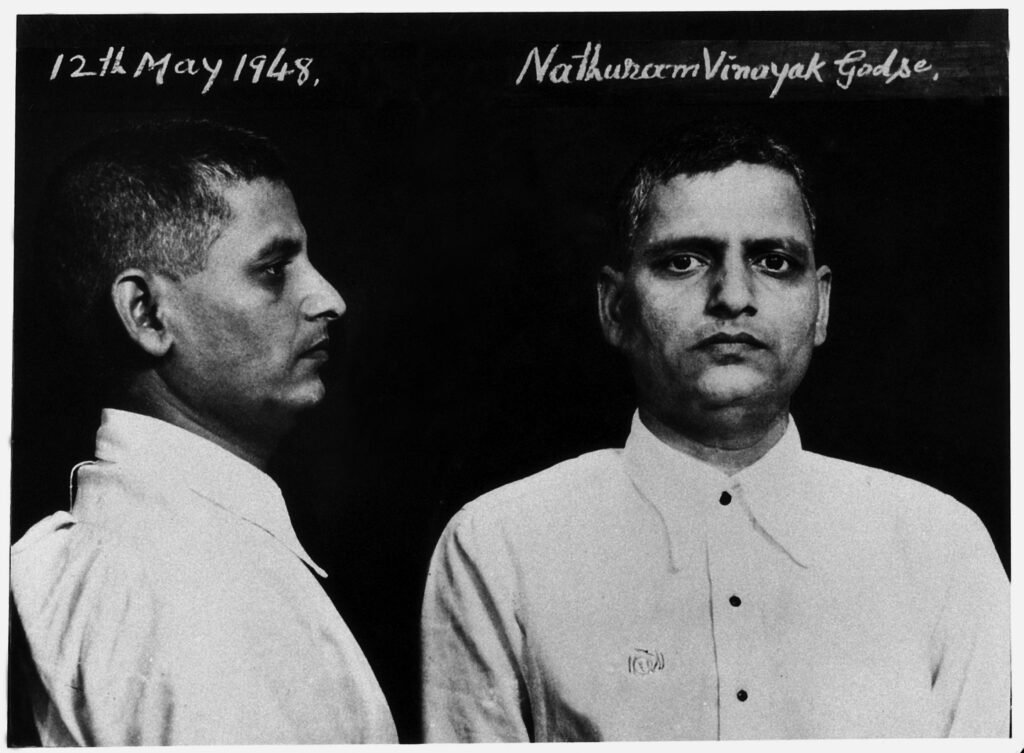
Reason for Gandhi’s Murder
Some people were not happy with Gandhi’s message of peace and harmony. Extremist forces resented his hard stance against violence and efforts to promote Hindu-Muslim cooperation in post-independence India.
Among them was Nathuram Godse, a Hindu nationalist and member of the political party Hindu Mahasabha. He considered Gandhi’s support for minority rights and tolerance of Muslims as a betrayal of Hindu interests. Hence, he murdered Gandhi and unapologetically admitted to assassinating Gandhi for this reason.
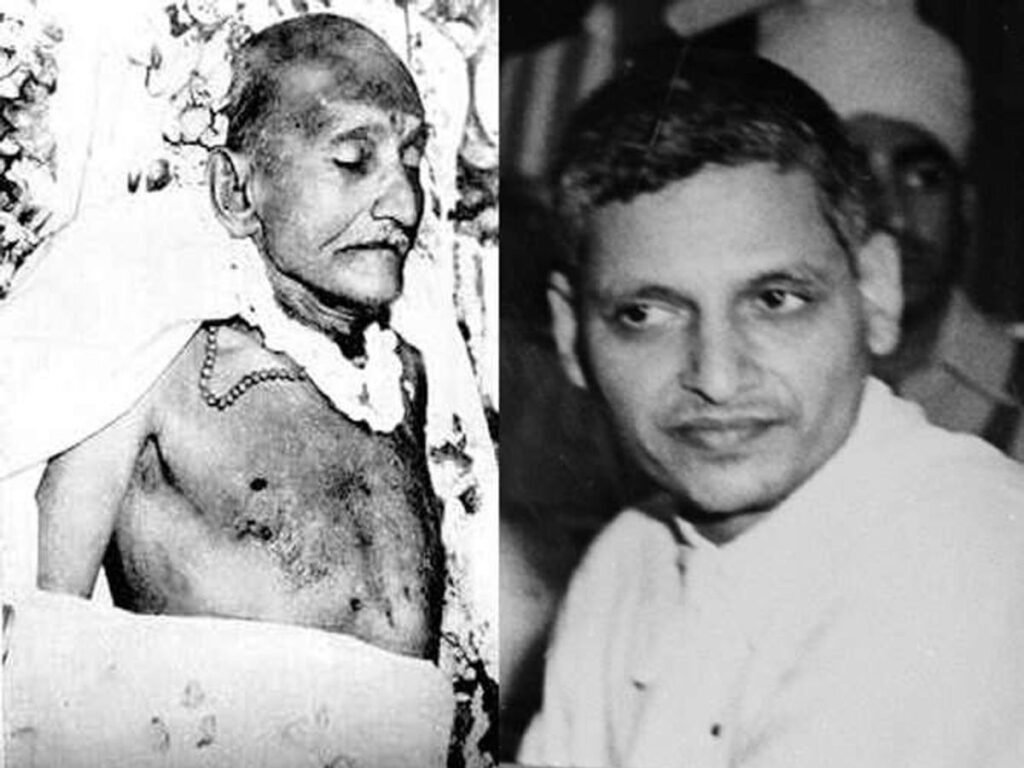
Mahatma Gandhi’s killing was more than just an individual act; it reflected deep-rooted conflicts and tensions in Indian society. It highlighted the difficulties of establishing a nation founded on pluralism, tolerance, and nonviolence in the face of religious and ideological extremism.
Decades later, the daughter of Mahatma Gandhi’s friend Jawaharlal Nehru and former Prime Minister Indira Gandhi fell victim to a tragic killing.
Killing of Indira Gandhi
Indira Gandhi, the daughter of India’s first Prime Minister Jawaharlal Nehru, served as Prime Minister four times. She was born on November 19, 1917, in Prayagraj, India. She became prime minister in 1980 showing a combination of political skill and uncompromising will.
Indira’s fate ended tragically after her four-year reign on October 31, 1984, in the early morning. Indian Prime Minister Indira Gandhi was assassinated at her house on Safdarjung Road in New Delhi. Her Sikh bodyguards, Satwant Singh, and Beant Singh assassinated her.
Beant Singh pulled a 38 revolver and fired three shots into Indira Gandhi’s belly; when she fell to the ground, Satwant Singh fired all 30 rounds from his Sten submachine gun into her abdomen (33 bullets in total, 30 of which hit her). Both assassins eventually dropped their firearms and surrendered.
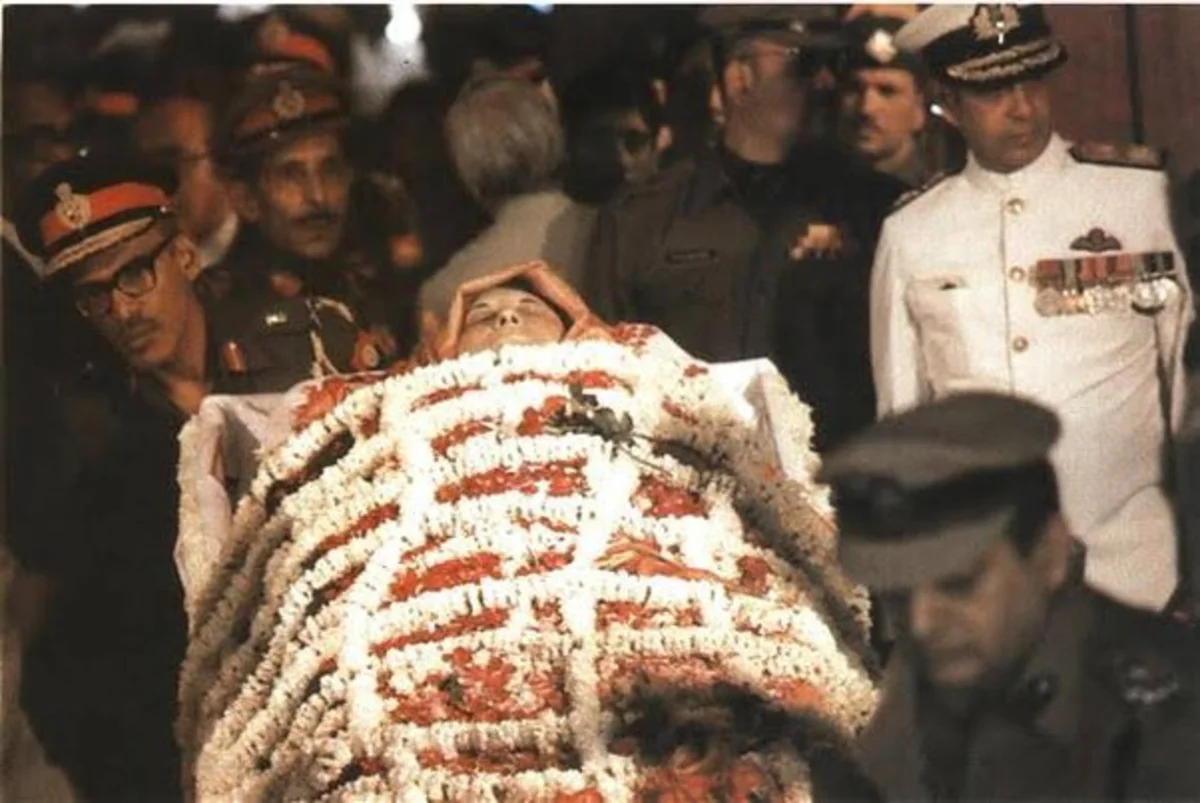
Assassin’s Trial for Killing Indira Gandhi
Beant Singh was shot to death during an interrogation in custody shortly after the assassination of Indira. Law enforcement officials captured Satwant Singh and hanged him to death along with co-conspirator Kehar Singh.
In his court speech, Satwant Singh called for a stop to communal bloodshed in the country, blaming Indira and Rajiv Gandhi. Authorities executed him on January 6, 1989.
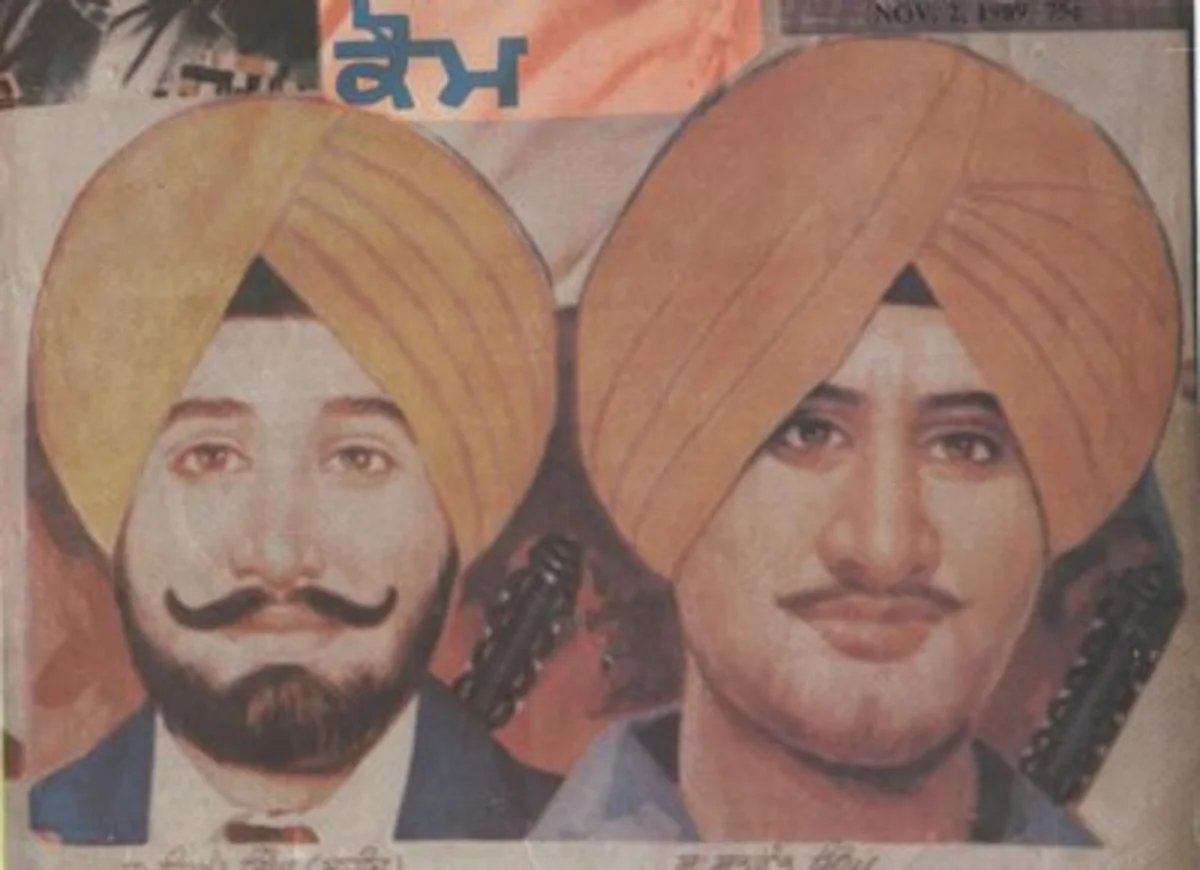
Motive behind Murder
The motive for Indira Gandhi’s assassination was revenge for the Indian government’s military action against Sikh militants in Amritsar, India.
The assassination of Indira followed Operation Blue Star, an Indian Army attack following Indira’s instructions between June 1 and 8, 1984.
The military operation aimed to remove Sikh terrorist Jarnail Singh Bhindranwale and other Sikh separatists from the Golden Temple of Harmandir Sahib in Amritsar, Punjab, the holiest place of Sikhism. Hence, the military action killed numerous pilgrims, damaged the Akal Takht, and destroyed the Sikh Reference Library.
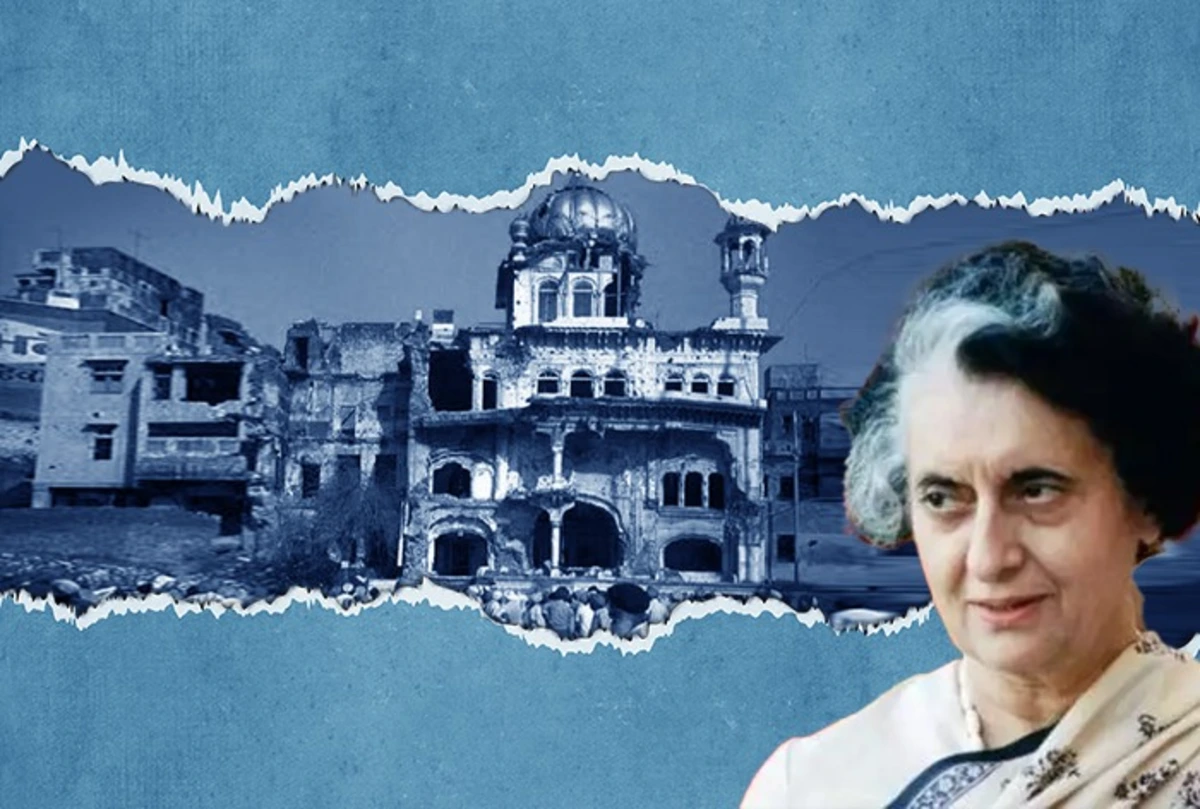
Aftermath of Indira Gandhi’s Killing
The killing of Indira Gandhi by her Sikh bodyguards resulted in the 1984 Sikh massacres. Politicians from the Indian National Congress (Indira’s party) organized these massacres.
The violent mob damaged forty historic Gurdwaras and other Sikh holy sites continuously for four days. The official Indian government reports the death rate at 3,350, but other sources report the killing of 8,000 to 16,000 Sikhs.
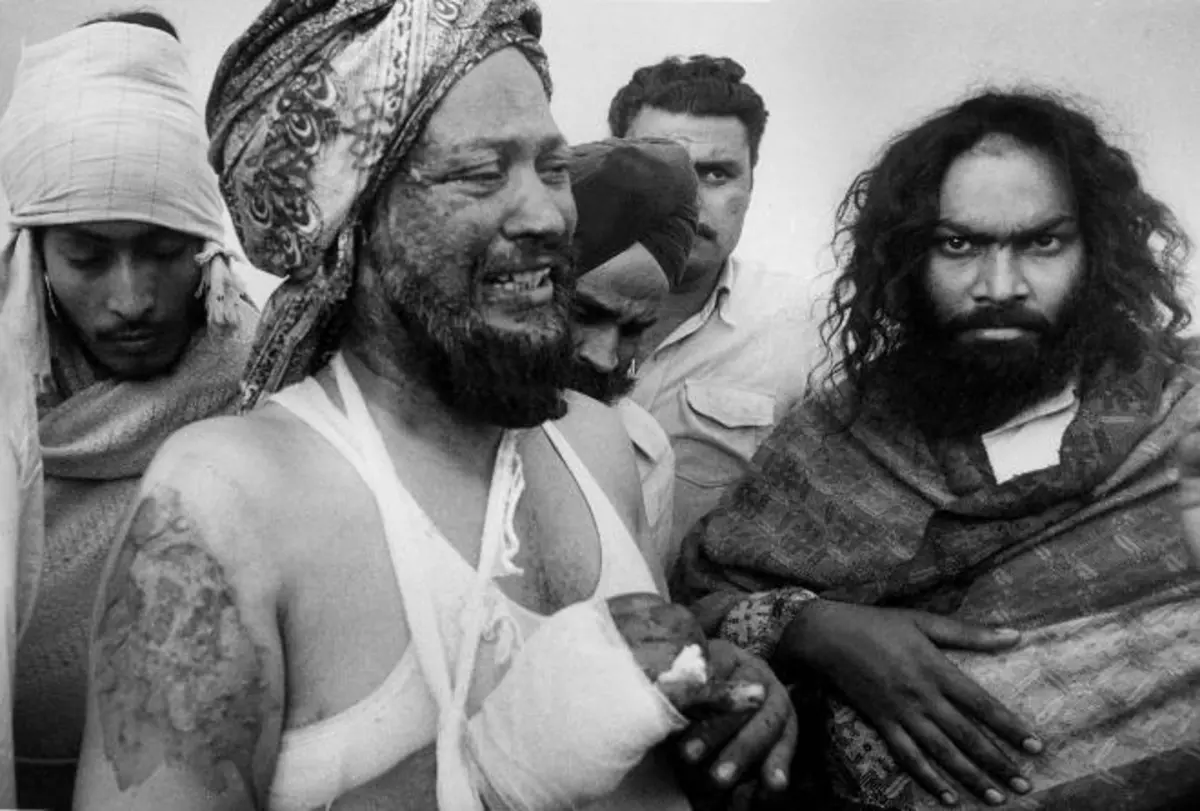
Indira Gandhi’s assassination not only deprived India of a visionary leader but also revealed deep-seated communal conflicts. The aftermath of her death highlighted the fragility of India’s social fabric and the critical need for communal harmony and healing.
However, the tragic saga of family assassinations continued with the killing of Indira’s son, Rajiv Gandhi, who became the sixth prime minister of India.
Killing of Rajiv Gandhi
Rajiv Gandhi, a descendant of the Nehru-Gandhi political tradition, became Prime Minister of India in 1984, following his mother’s sorrowful killing. His leadership was full of political knowledge and firm commitment, marking a new period of progress and modernization for the country.
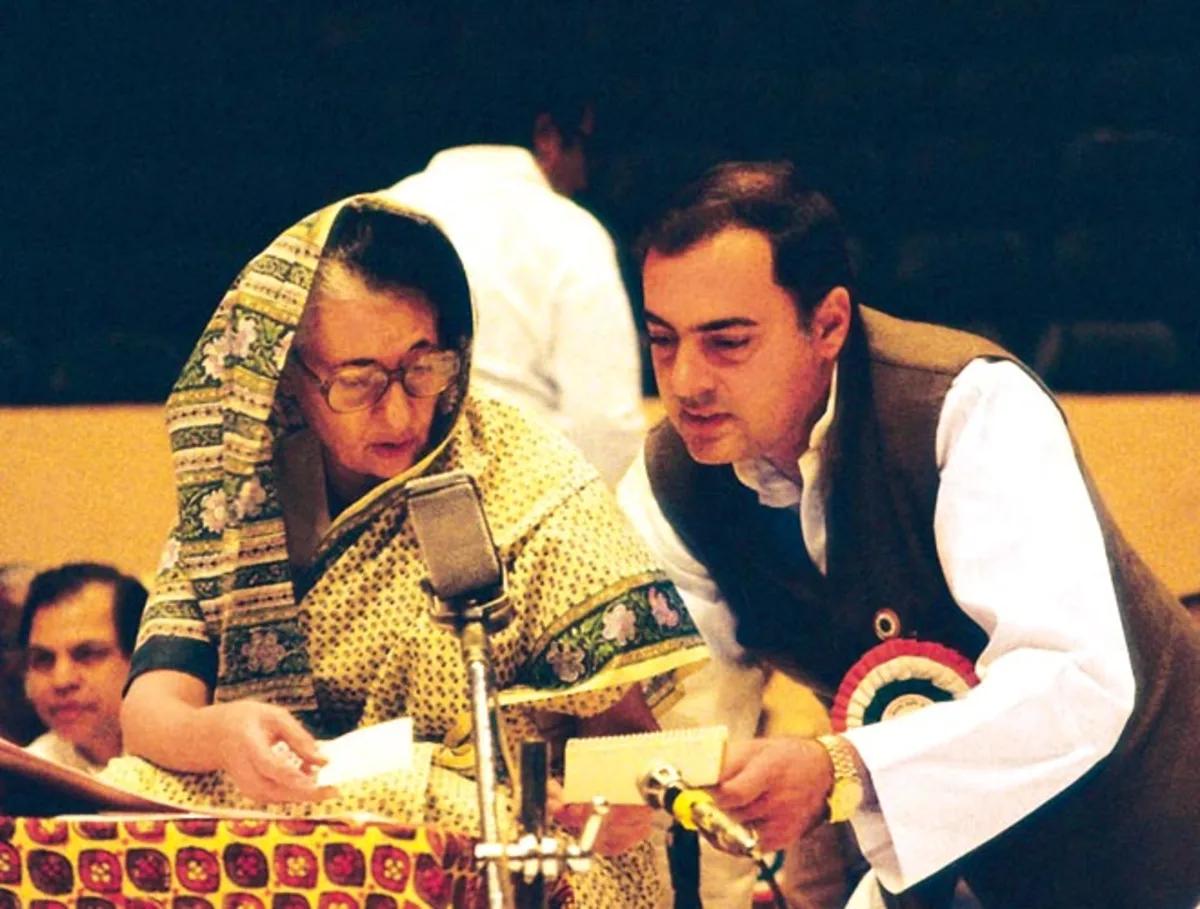
However, his fate took a terrible turn on the evening of May 21, 1991, at an electoral campaign rally in Sriperumbudur, Tamil Nadu. Rajiv Gandhi’s life ended short by a female suicide bomber linked with the Liberation Tigers of Tamil Eelam (LTTE), a militant organization from Sri Lanka.
As Rajiv walked across the rally grounds, the suicide bomber, Kalaivani Rajaratnam disguised as a well-wisher asking for blessings, exploded explosives hidden beneath her clothes.
The blast killed Rajiv Gandhi and 14 others in a moment at 10:10 p.m. However, 43 people were injured. This event sent shockwaves throughout India and the world.
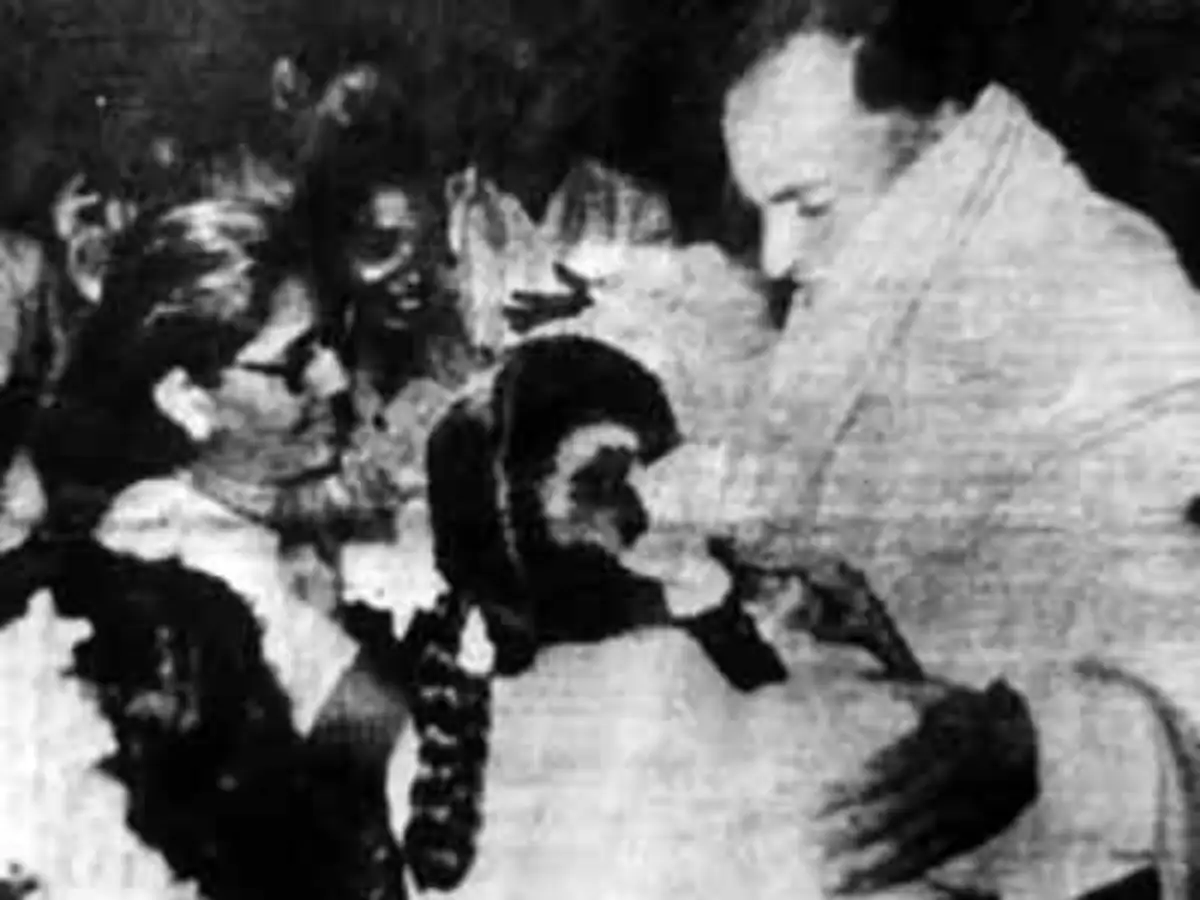
Judicial trial and convictions
The aftermath of Rajiv’s killing resonated with the chaos that followed his mother’s passing. A detailed inquiry found the involvement of LTTE operatives in the precisely planned attack.
In 1998, a special Terrorist and Disruptive Activities (Prevention) Act (TADA) court in Poonamallee sentenced all seven members to death.
The seven convicts were Murugan, an LTTE agent from Sri Lanka, and his Indian citizen wife Nalini. Sri Lankan nationals Robert Pious, Santhan, Jayakumar, and Ravichandran were others.
However, Indian citizen AG Perarivalan was also involved. He had an accusation of supplying a Volt battery for the explosive device. It resulted in the killing of a Gandhi family member, Rajiv.

However, the Supreme Court of India confirmed the death sentences for Nalini, Perarivalan, Santhan, and Murugan. It reduced Ravichandran, Robert Payas, and Jayakumar’s sentences to life in prison in 2014.
Later, the Supreme Court freed all seven prisoners in 2022 considering. It noted none of the people convicted were part of the main group responsible for planning and carrying out the assassination.
Cause of Rajiv’s killing
The cause for Rajiv Gandhi’s killing was the LTTE’s anger at India’s involvement in the Sri Lankan conflict. The execution was carried out due to LTTE head Prabhakaran’s anger against Rajiv Gandhi.
Because Rajiv sent the Indian Peace Keeping Force (IPKF) to Sri Lanka. The countless war crimes committed by IPKF members against Sri Lankan Tamils.
The killing of Rajiv Gandhi had far-reaching consequences that extended beyond politics. It showed leadership flaws and the ongoing risks posed by radical ideology. Furthermore, the episode raised concerns about India’s foreign policy strategy and serious consequences for regional stability.
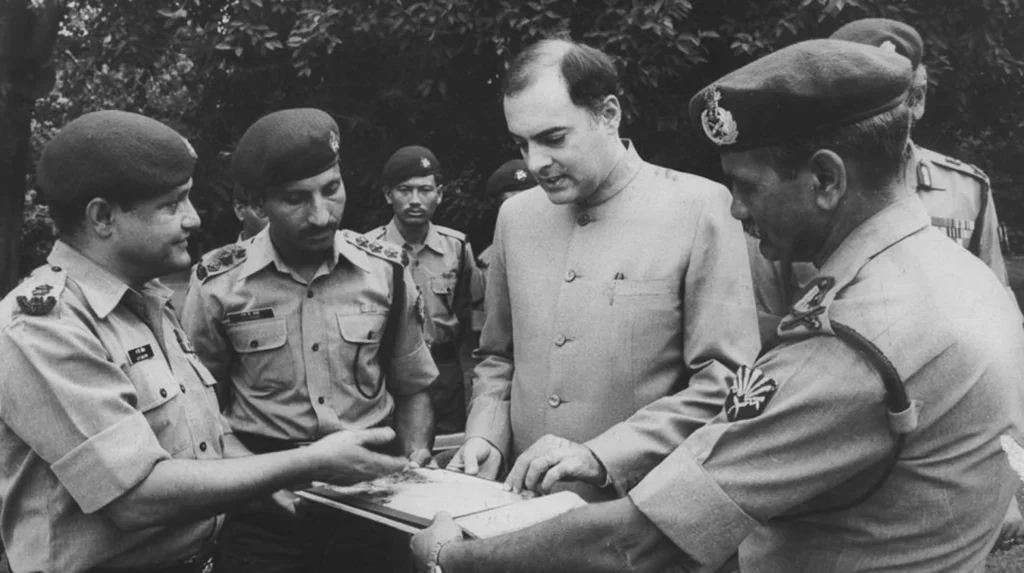
Conclusion
The killing of the Gandhi family members is symbolic of a larger societal disease. It includes religious extremism, political violence, and ethnic conflict.
They emphasize the difficulties of guiding an extensive and diverse nation toward unity and progress while managing ethnic groups of opposing beliefs and interests.
Despite the passage of time, the wounds left by the killing of the Gandhi family are still deep. It serves as a sad reminder of the fragility of peace and the high cost of political resistance.
Share this content:
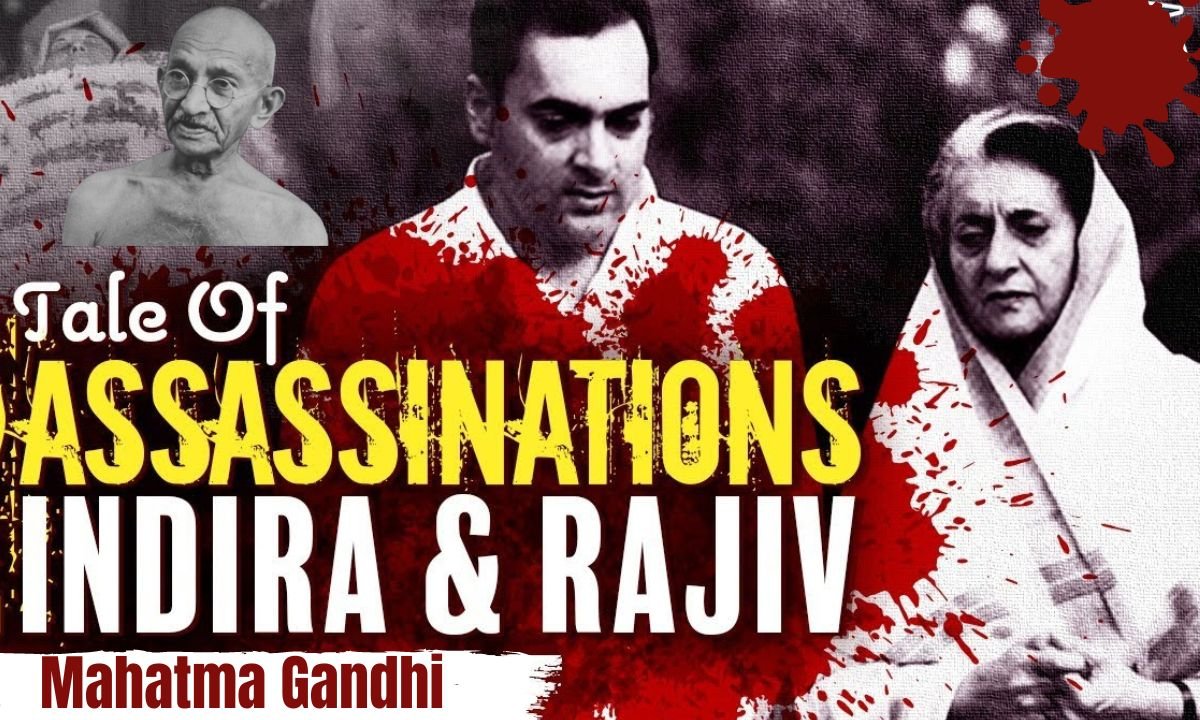

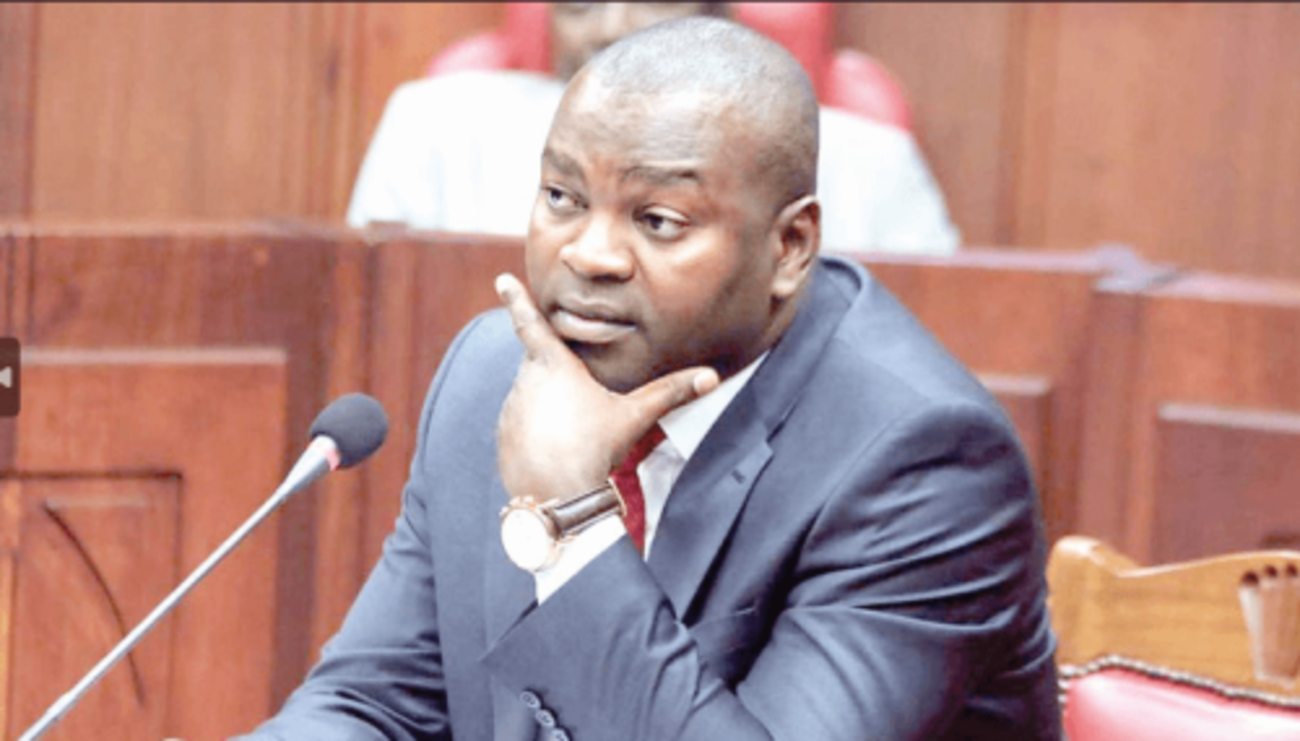

Post Comment